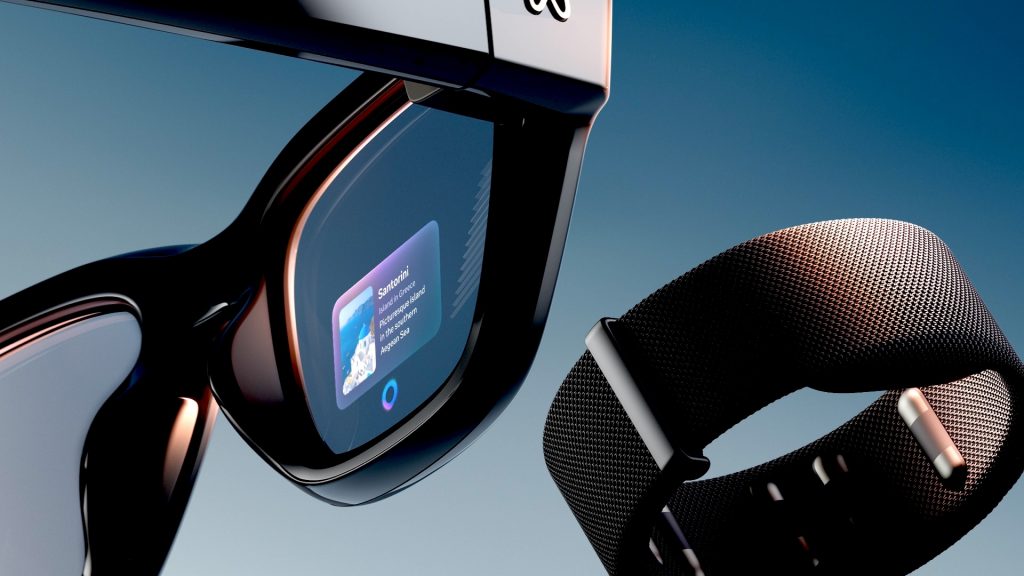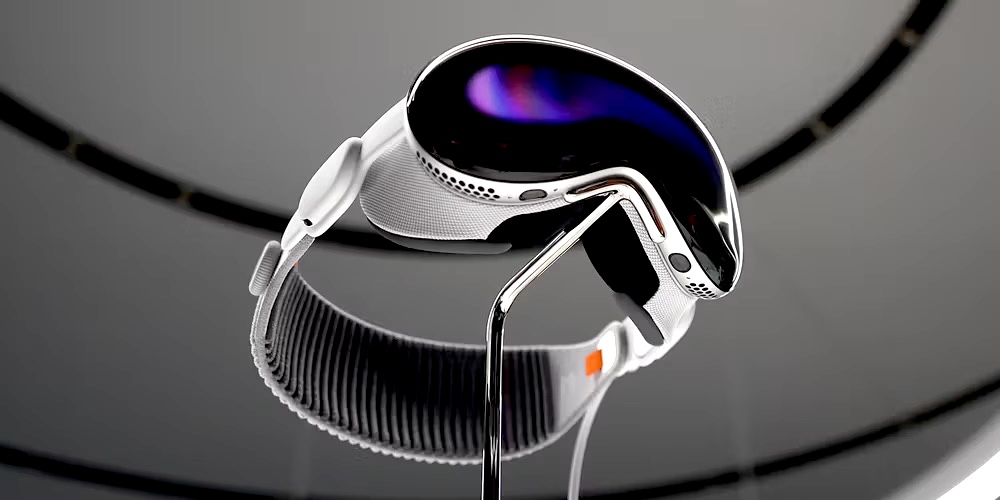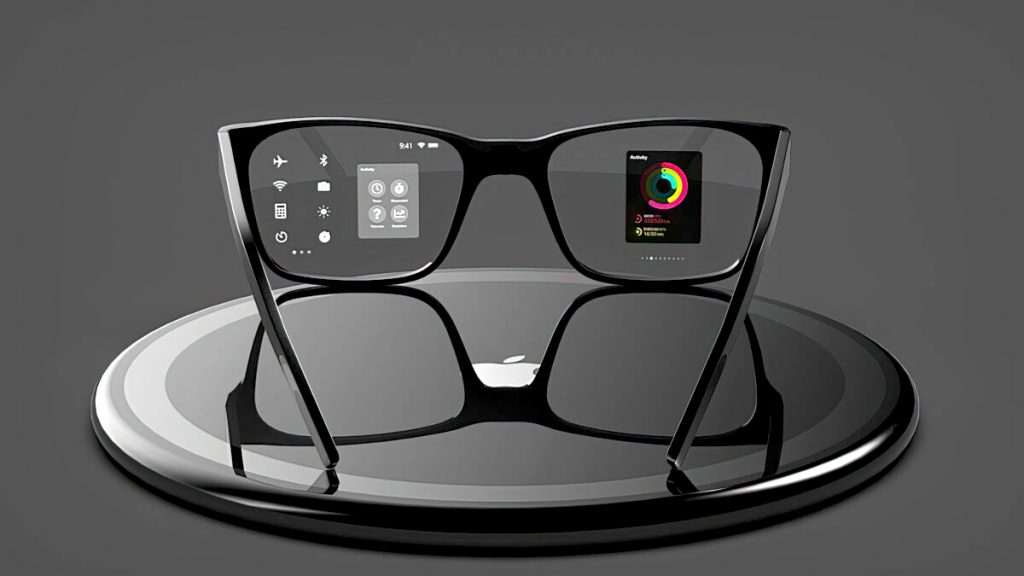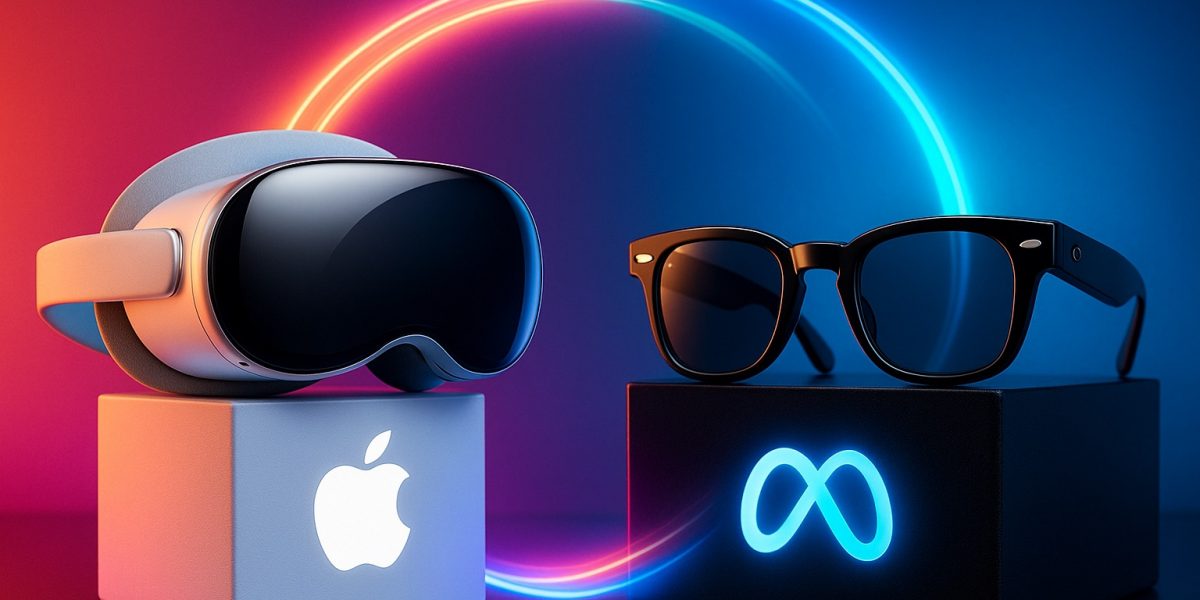Apple’s abrupt shift from Vision Pro cost reduction to smart glasses development represents one of the company’s most significant strategic pivots in recent years. Our expert team has analyzed this market repositioning to help you understand the implications for the wearable technology landscape and what it means for consumers waiting for affordable mixed reality devices.
Our methodology involves competitive market analysis, product development timeline assessment, and strategic positioning evaluation. We’ve examined Apple’s decision against Meta’s market success to provide insights into the evolving wearable technology ecosystem.
Key Evaluation Criteria:
- Market timing and competitive pressure response
- Product development resource allocation strategy
- Consumer demand patterns in VR versus smart glasses
- Meta’s Ray-Ban success as market validation
- Apple’s AI integration capabilities and Siri advancement
Top Picks Overview:
- Market Reality Champion: Meta’s Ray-Ban dominance forces Apple response
- Strategic Pivot Specialist: Resource reallocation from VR to smart glasses
- Future Technology Leader: AI-powered wearables as smartphone successors

Market Reality Champion: Meta’s Ray-Ban Success Drives Apple Strategy
Apple’s decision reflects acknowledgment that Meta has captured significant early advantage in the smart glasses market, forcing a strategic response that prioritizes market share over Vision Pro ecosystem development.
Meta’s Market Dominance Assessment: Meta’s Ray-Ban smart glasses have achieved over 2 million sales since October 2023, controlling approximately 60% of the display-free smart glasses market. The September 2025 introduction of Ray-Ban Display glasses with integrated screens and neural wristband controls at $799 demonstrates Meta’s commitment to accessible smart eyewear.
Apple’s Competitive Response: The resource reallocation from project N100 (cheaper Vision Pro) to smart glasses development indicates Apple recognizes that Meta has established consumer acceptance for AI-powered eyewear. This represents a rare instance of Apple following rather than leading market trends.
Development Timeline Acceleration: Apple’s N50 model (display-free, iPhone-connected) could launch as early as next year before 2027 release, while the display-integrated version receives accelerated development to compete directly with Meta’s advanced offerings originally planned for 2028.

Strategic Pivot Specialist: Vision Pro Reality Check
The pivot away from cheaper Vision Pro development acknowledges fundamental market challenges that cost reduction alone cannot solve, requiring honest assessment of mixed reality adoption barriers.
Vision Pro Market Performance: With less than one million US sales since February 2024 launch and 25% developer exodus over six months, the $3,499 Vision Pro demonstrates that high pricing isn’t the only barrier to mainstream VR adoption. The cancelled N100 project was intended to address price and weight concerns with a 2027 release.
Resource Allocation Logic: Shifting development teams from VR cost reduction to smart glasses innovation suggests Apple believes the form factor represents a more viable path to mass market adoption than incremental Vision Pro improvements.
Market Positioning Strategy: Smart glasses offer potential smartphone complementarity rather than replacement, creating lower adoption barriers compared to immersive VR experiences that require dedicated usage sessions and physical space considerations.
Future Technology Leader: AI-Powered Wearable Evolution
Apple’s smart glasses strategy emphasizes voice interaction and artificial intelligence integration, positioning Siri and Apple Intelligence as competitive advantages against Meta’s offerings.
AI Integration Capabilities: The planned glasses will feature cameras, microphones, and speakers similar to Meta’s products, but Apple intends to leverage Siri improvements and Apple Intelligence developments for differentiated user experiences through superior voice interaction and AI assistance.
Smartphone Succession Potential: Industry analysts increasingly view AI-powered smart glasses as potential smartphone successors, making early market positioning critical for long-term platform control. Apple’s pivot suggests recognition of this technological transition.
Ecosystem Integration Advantages: Apple’s approach of iPhone connectivity for the N50 model leverages existing iOS ecosystem strengths while reducing smart glasses hardware requirements and battery demands compared to standalone devices.
Strategic Implications and Market Outlook
Apple’s strategic shift illuminates broader wearable technology trends where practical, everyday-use devices gain preference over immersive but niche experiences. The move validates Meta’s smart glasses strategy while highlighting mixed reality adoption challenges.
Consumer Adoption Patterns: The success of Meta’s Ray-Ban glasses versus Vision Pro’s struggles suggests consumers prefer augmented capabilities that enhance rather than replace existing workflows, making smart glasses more appealing than full VR immersion.
Competitive Landscape Evolution: With Google and Amazon also entering smart glasses development, Apple’s acceleration prevents further market share loss while the category remains relatively open to new entrants.
Strategic Recommendations for Consumers
Vision Pro Buyers: Current Vision Pro owners shouldn’t expect significant price reduction options in the near term, as Apple focuses resources on entirely different product categories rather than ecosystem expansion.
Smart Glasses Enthusiasts: Meta’s Ray-Ban offerings currently provide proven smart glasses experiences, while Apple’s eventual entries may offer superior AI integration but require waiting until 2027 for advanced features.
Mixed Reality Adopters: The Vision Pro remains Apple’s only VR offering for the foreseeable future, making it the choice for users requiring immersive experiences despite high costs and limited app ecosystem.

Market Reality Assessment
Apple’s pivot from Vision Pro cost reduction to smart glasses development represents pragmatic acknowledgment of market realities where Meta has established clear leadership. The strategic shift prioritizes competing in growing, accessible markets over defending expensive, niche products that haven’t achieved mainstream adoption.
The decision validates smart glasses as the next significant wearable category while highlighting mixed reality’s continued challenges beyond pricing concerns. For consumers, this means longer waits for affordable VR options but potentially superior AI-powered smart glasses when Apple eventually enters the market.
Whether Apple can successfully challenge Meta’s established position depends on execution of AI integration advantages and leveraging iOS ecosystem benefits that competitors cannot replicate.




Post a comment